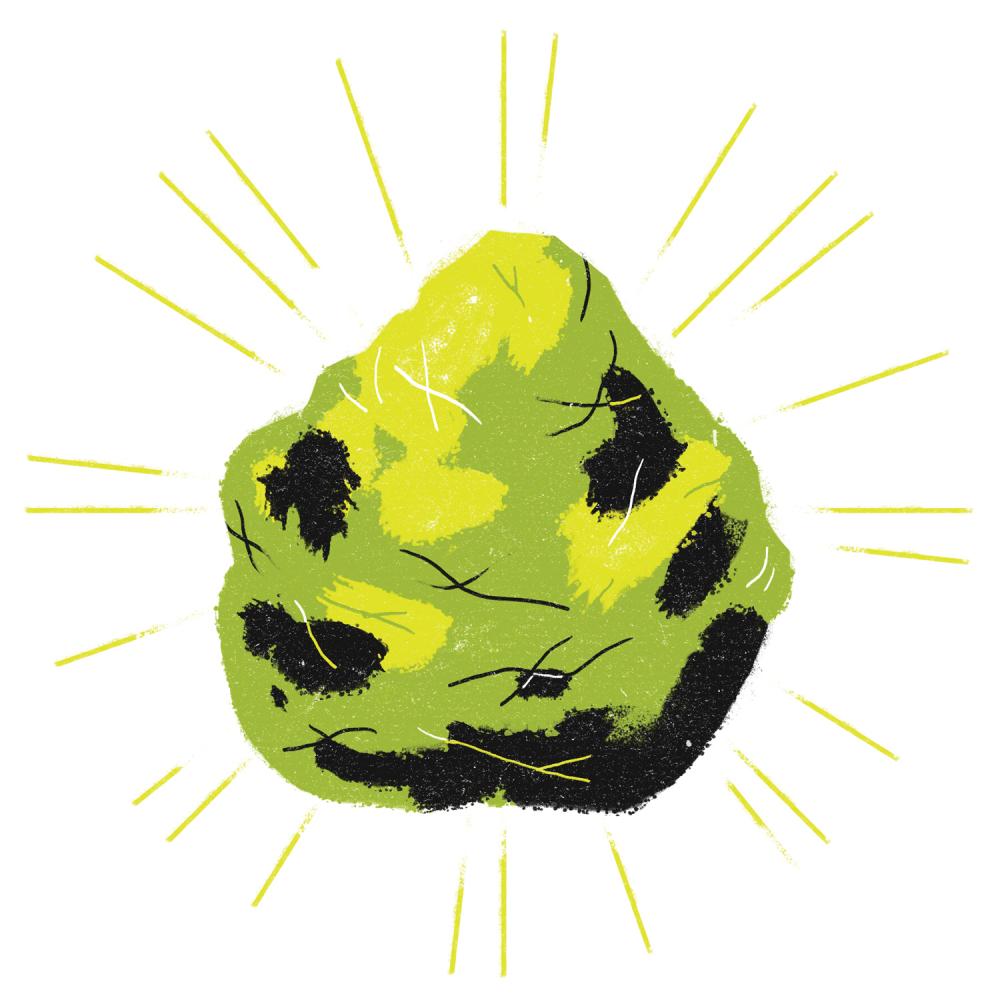Walker and Winkleman haven’t bothered cashing in their gold. They’re reluctant to part with their hard-earned treasure. Sarasin has used some of his to barter with, once trading three ounces of gold for a ’98 Ford F-150. “I don’t always have the cash on hand, so I use gold as my currency.”
Bartering is one way to avoid paying the five per cent royalty to the government if you do decide to cash in, and you’ll have to have at least an ounce of gold to do that. But first you have to smelt it, have it assayed to find out the gold content, and then have it refined for a total cost of about $170 to more than $220, depending on the amount of raw material.
As a hobby, gold panning is an inexpensive venture. You don’t need a licence if just using a pan, which costs $15 or $20. If you plan to ramp up production with a sluice box or highbanker, which processes material much faster than using a pan alone, you can spend as much as $1,500 (or up to $2,500, if you go for all the premium accessories). You’ll also need a $50 recreational placer mining licence (good for five years) from Alberta Energy.
Police come around occasionally, but they are more curious than intent on checking to see if you have a licence. “Most don’t even know you need a licence,” says Winkleman, who is an RCMP officer.
Gold isn’t the only treasure you’ll find along the river. Garnets, rubies and opals can turn up in your pan. Winkleman has also found petrified coral, small dinosaur bones and ancient arrowheads. One of the neatest things he has seen was a huge piece of petrified wood a student found. “In the centre was a piece of amber. He had it appraised and it’s worth $1,000.”
Last August, Winkleman found a diamond about the size of the end of a thumb. It’s not high quality, but it’s a diamond nonetheless. Even though it’s lower grade, he figures it’s worth between $500 and $1,000.
Sarasin found a diamond while panning at Emily Murphy Park. “It’s pretty rare. It’s the only one I’ve found on the North Saskatchewan. It’s not worth much. The quality isn’t great and it’s pretty small, I’d say about three times the size of the head of a pin. It’s the memory of finding it that’s worth a lot to me.”
